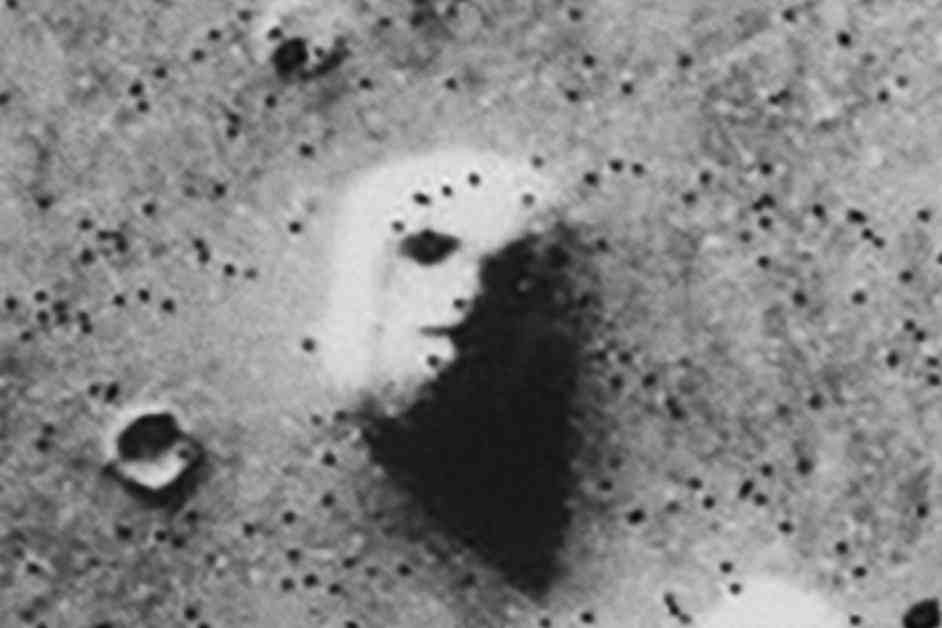Generations of people have believed in the idea that Mars was once home to an advanced civilization that built canals, cities, and other structures. This belief was popularized by astronomer Percival Lowell in 1894 and gained momentum in the late 20th century with the internet. The catalyst for this resurgence was an image taken by the NASA Viking 1 mission in 1976, showing a mesa on the Martian surface that resembled a human face.
Despite the initial excitement, further observations from later missions revealed that the face-like formation was simply a mesa when viewed at higher resolution. This phenomenon is known as pareidolia, where our brains impose recognizable patterns on visual stimuli. We see faces in clouds, wood grain patterns, and even in everyday objects.
Faces are a common output of pareidolia, with examples found everywhere, including in astronomical objects like gas clouds and galaxies. The Horsehead nebula, Witch Head nebula, and the Jack-o’-lantern sun are all examples of pareidolia in space. Even star clusters like the Coat Hanger cluster and the 37 cluster exhibit familiar shapes when viewed from Earth.
Planets and moons also have their share of pareidolic features, such as craters that resemble familiar shapes like Mickey Mouse on Mercury and the “heart” of Pluto. The moon itself presents various pareidolic features, including the Lunar X and V and the impact crater Clavius that looks like a surprised face.
Throughout the universe, there are countless examples of pareidolia, from galaxies like the Question Mark galaxy and the Space Invader galaxy to gas clouds like the North America nebula. While pareidolia may seem like a whimsical aspect of astronomy, it highlights the importance of pattern recognition in science and our ability to uncover the underlying physics of the universe.
Science is fueled by imagination, but it’s essential to differentiate between fantasy and reality to avoid falling into the trap of seeing things that aren’t truly there. Understanding pareidolia can help us navigate the wonders of the cosmos and distinguish between what is scientifically valid and what is merely a trick of the mind. So, next time you gaze at the stars and see a familiar shape, remember the power of pareidolia in shaping our understanding of the universe.






